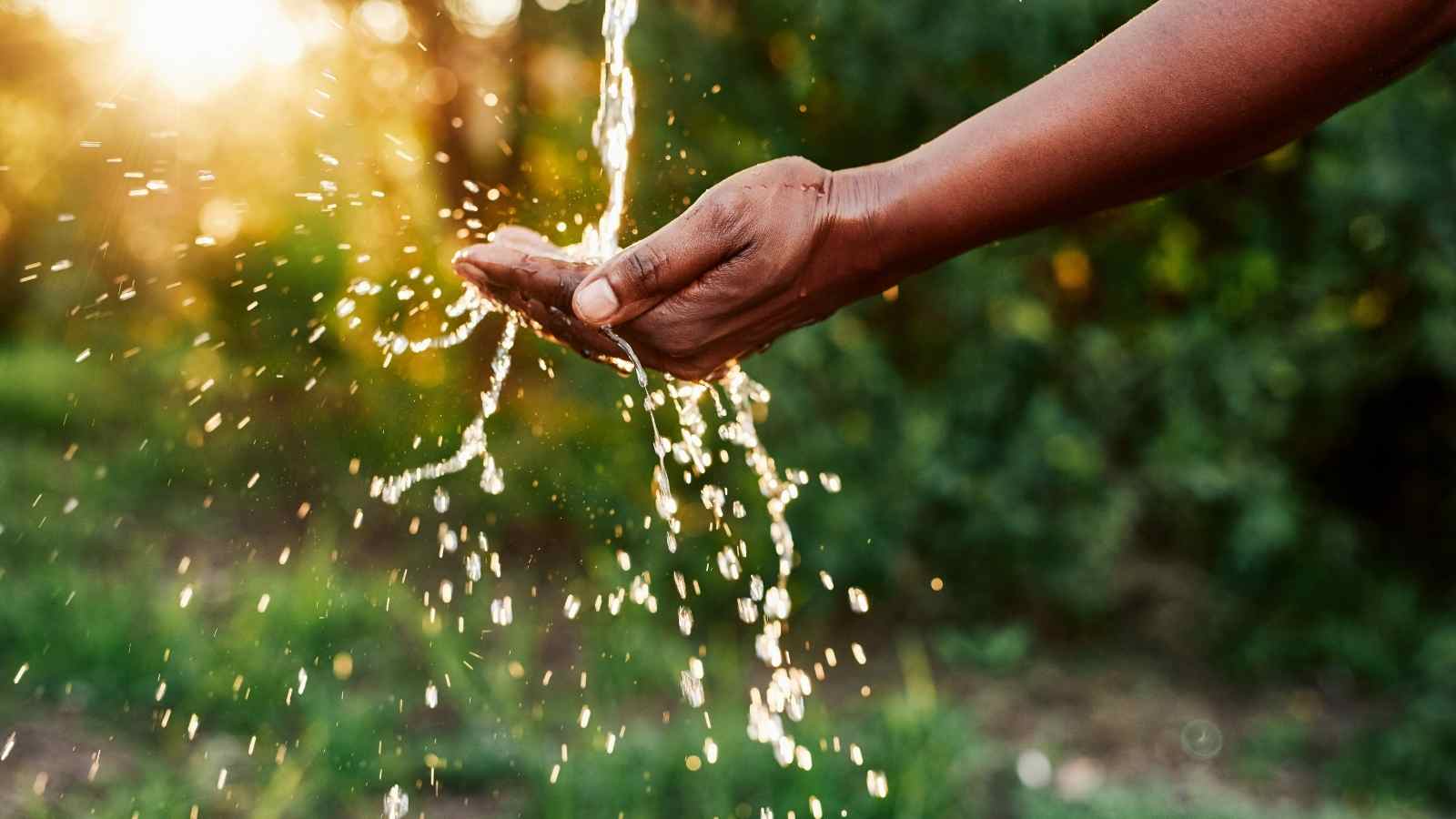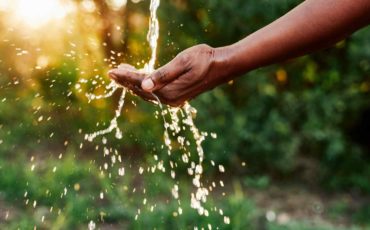Farming from time to time needs water resources for almost all the steps of crop production. From preparing the land to helping the crops to grow, water stands out as an essential means to strengthen the crop production and the crop yield. The farmers resort to various irrigation facilities. However, even with multiplicity of irrigational factors, the water at times becomes insufficient.
At times, with the prolonged drought sessions or with the natural freshwater shortages or with the sudden construction or renovation of the dams and reservoirs, the farmers get distressed due to very less water resource available to grow the crops. So, the best way or mechanism to tackle such sudden uncanny situations, the farmers can conserve water at various points of farming. It is needless to mention that with more and better water management strategies, the fields might get ample amount of water to effortlessly pass through all the steps of crop production. Here in, with great care, a detailed list of various water management and conservation methods have been discussed.

The most important and useful water conservation tips for the farmers
1) Laser levelling
The most recent and extremely advanced method of conservation of water in the fields is the process of laser levelling. If we witness a rugged patch of land, then it goes without saying that in such a field, more water will be needed. Since, water will seep into various holes or into the uneven ditches in the field, thereby wasting lot of water. So, nowadays, the farmers are making use of laser levelling to make the soil uniform and plain. By smoothening the ground, not only does water usage is lessened but the water is spread more uniformly over the land as well.
The method of laser levelling with its means of reducing the water wastage, it also helps in increasing the crop production by catalysing the seed germination stage. This method all the more, is absolutely cost effective and is not labour intensive. To add on, this process does not take long hours of focus as well.
2) Recycle the wastewater
Often the farmers tend to throw away or drain away the muddy water from the fields. So, when the water resource is already crippling, then it is always better to make use of every tiny bit of the resource. Rather than draining out the muddy water, the farmers can use them once again to grow the crops.
In the early stages of growing the crops, the farmers can use freshwater as the initial stage does not require huge amounts of water. However, with the advancing stages in the crop production, the farmers can constantly recycle the water. To hold the recycled water, the farmers can make use of large tumblers and through tunnels or pipes, they can drain the dirty water into them for future use.
3) Make use of Agroforestry
While laying out the fields for crop production, it is always advisable to grow trees and shrubs around those plots. The large trees will shade the plots thereby resulting in lesser water loss by evaporation. In a way, lesser the evaporation rate, more the water the farmers will have in store to cater to the future need.
Moreover, the taller trees and the sturdy shrubs also bind the soil very tightly. Since, the soil gets held tightly, so the issue of water run off gets accordingly reduced. Apart from helping to conserve the water resource, agroforestry helps in providing organic manure in the form of decomposed leaves and fruits to the crops.
4) Cover the crops with black plastic
It is very obvious that certain crops will need more water than the rest. To reduce the extra water usage, the farmers can align light black polyethylene plastic wraps around those crops. The crops will then lose less water via evaporation and will also remain moist for a longer time. This covering further helps to keep out weeds from the crops thereby reducing extra costs in removing the weeds. At a stretch the crops can save at least 25 % of the water. After every season the black plastic films need to be replaced. Dispose the plastic wraps properly in a garbage bin and do not let it lie around in the field. The plastics in the soil might choke the roots and of the crops.
Conclusion
With the climatic changes, the evaporation rate will grow higher as time passes by. All these mentioned water conservation tips, do not require much extra monetary input. Apart from the primary benefit of saving water, there are other benefits as well. Hopefully, with these easy and effective means of water conservation, the farmers will always be enough to keep sufficient water resource for growing the crops.

